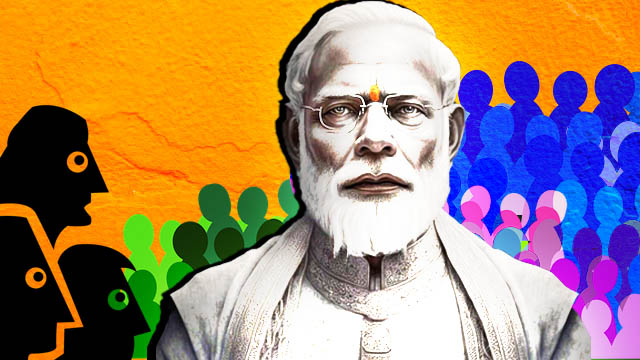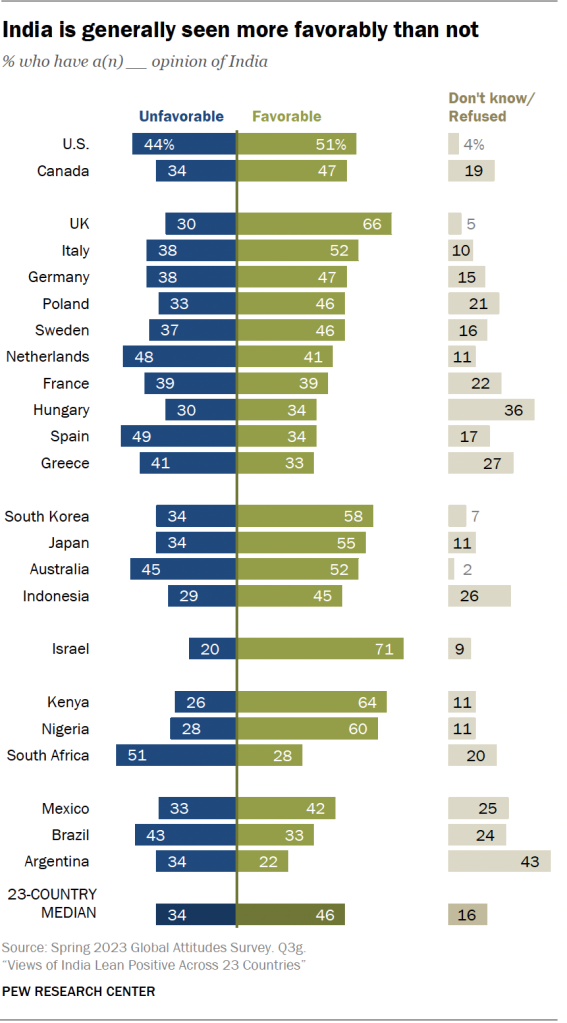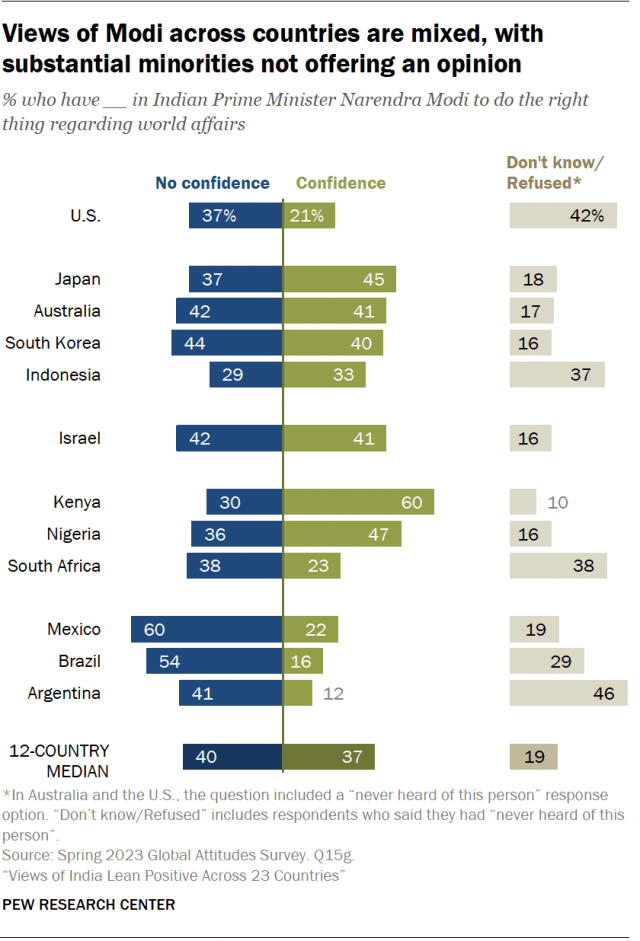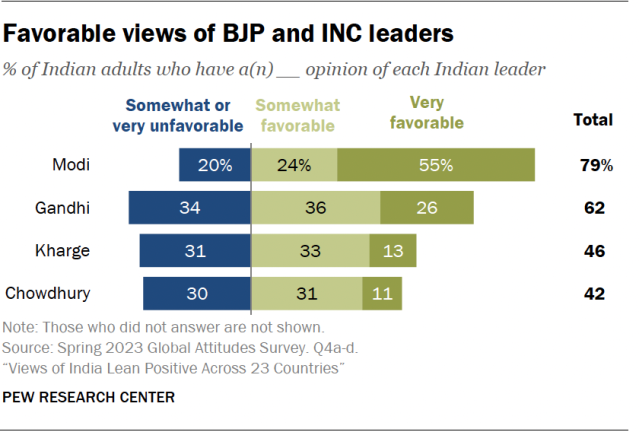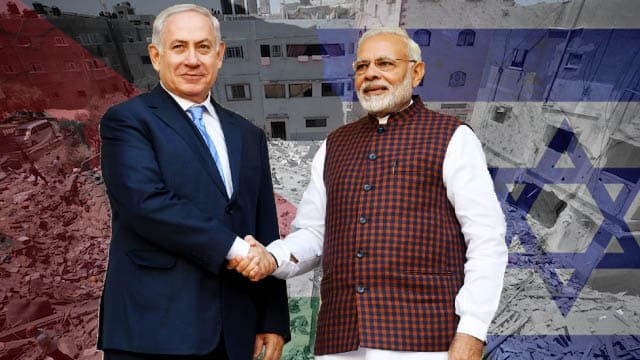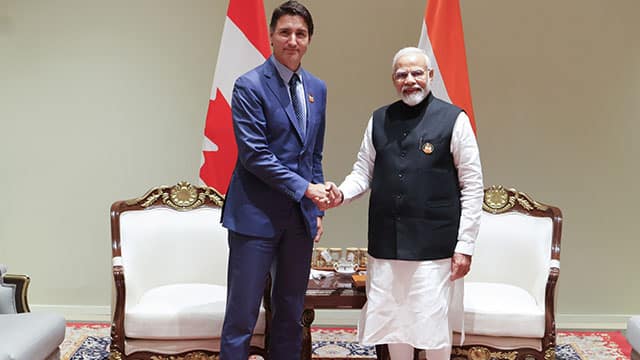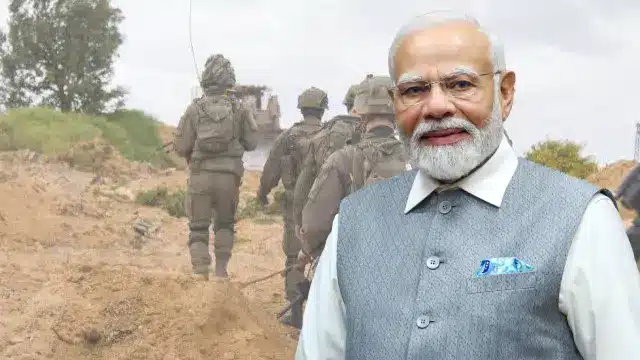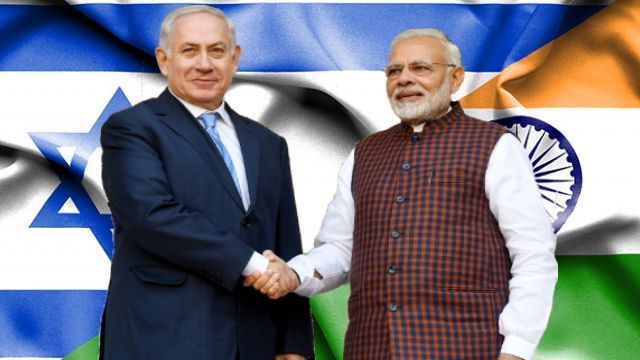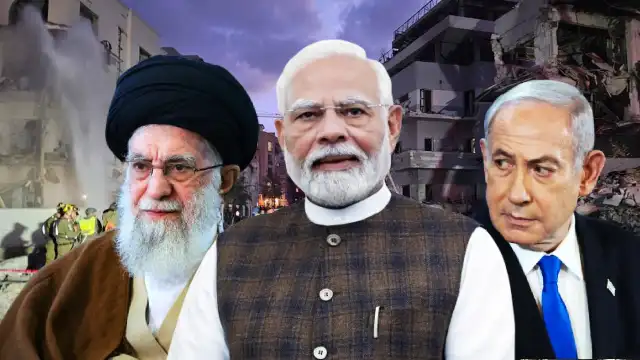A recent Pew Research survey on the global image of countries has revealed certain trends that conform the Prime Minister Narendra Modi’s pro-western foreign policy. India’s case is unique among other middle-income countries as it’s the only one among them where the respondents have exhibited favourable views about the US’s global influence, which they consider as a “growing” one while disregarding that of China. Most interestingly, despite favouring the US, over 57% of Indians positively view Russia, despite the Ukraine conflict.
India’s unique traits – as displayed by the Pew Research survey
A geopolitical oxymoron
The Russia-US contradictions, especially over Moscow’s special military operations in Ukraine, have polarised the world. On the one hand, there are the rich Western countries and their allies like Australia, Japan and New Zealand, and on the other, there are the countries of the Global South that are vehemently opposing the West’s neo-colonial agenda and increasingly strengthening their bonds with the foes of the US and the West.
Amid this situation, Indian public opinion, as shown in the Pew Research survey, seems quite strange because it has a favourable view of both powers.
The Pew Research survey shows that apart from India, no country has such highly favourable views for the US in the middle-income countries, while its favourable views on Russia, especially due to Modi’s foreign policy that’s trying to balance between the two, is also highest among countries.
The reasons behind India’s unique traits
One of the major underlying reasons behind Indians showing higher approval rates for the US and its septuagenarian President Joe Biden, who has become infamous due to his ignominious stunts and possible dementia, is the high level of business ties between the two countries.
While the Indian IT sector has a significant role in employing India’s aspiring middle class, the core vote bank of Modi’s federally ruling, far-right Bharatiya Janata Party (BJP), the sector has been solely dependent on the West, especially the US, for business.
A large number of Indian professionals, from doctors and engineers to scientists, also regularly migrate or aspire to migrate to the US for better career opportunities and the diaspora of Indian-Americans has become stronger since the 1990s, when India took a right turn in geopolitical and economic policies.
This makes Indians feel a special affinity towards the US, despite the latter losing its dominant status in the world due to the tough challenge it’s facing from the Global South led by China and Russia. This affinity helps the US maintain a positive image in the country with the world’s largest population, despite its role in stoking tensions and carrying out wars and genocides throughout the Global South.
While the US and its western allies, in their frantic bid to retain their global hegemony, especially in the Global South, have been unsuccessfully attempting to isolate Russia, the Pew Research survey shows that there is a higher approval rate among the Indians for Moscow, despite its special military operations in Ukraine.
The highly favourable views of Indians on Russia, as exhibited by the Pew Research survey on the global image of countries, is rooted in the strong ties that both have maintained for over 70 years, since the time of the Soviet Union.
The Soviet Union played a vital role in India’s industrialisation and defence development. It supported New Delhi during the 1971 India-Pakistan war, when the US threatened India, and has been a stable partner in the post-Soviet era as well.
India has been one of the largest importers of Russian military hardware and technology. Under Modi, India is also benefitting from the cheap energy import from Russia, and both countries have been investing in each other.
Moreover, following a policy of non-intervention in the internal affairs of the country, Russia has been always reluctant to comment on India’s internal policies and political developments, which the US keeps doing on several occasions.
The close bond, the support extended by Russia and its neutral stand on India’s internal affairs make it a preferable choice for many Indians, who can also foresee Russia’s resurgence as a global leader. Thus, it’s normal for them to support Russia openly, which is unlikely in the West due to the ongoing witch hunt against anything Russian.
The China story
Indians have a very negative view of China, which is aspiring to become the world’s top economy by competing against the US. The views of the Indian people on China, as shown by the Pew Research survey, are in contrast to other countries of the Global South.
One of the reasons behind the Indian negative appraisal of China is the ongoing border dispute between the two neighbours. A skirmish between the Indian and Chinese forces in the Galwan Valley resulted in the death of 20 Indian soldiers in mid-2020. Since then, the border impasse has continued unabated and several rounds of military-level talks failed to break the ice.
Recently, Prime Minister Modi met Chinese President Xi Jinping during the 15th BRICS Summit in Johannesburg. The duo reportedly discussed several issues, including the border dispute. However, India continues to assert that without restoring normalcy at the borders, there can be no normalcy of the ties.
Although Modi underscored in 2020 that no foreign forces have occupied any part of the Indian territory, the Opposition’s jingoistic rhetoric has rubbished the claim and advocated for a military solution, ie, a war against China.
The government shows reluctance to engage with Beijing for a long-term solution to the bilateral issues. The Opposition and the mainstream press also vilify China and, therefore, it’s quite normal that the common Indians, who took part in the Pew Research survey, will be carried by the chauvinistic narratives and not the facts.
Although India’s bilateral trade with China has reached its peak in 2022, and the country continues to depend on Chinese imports for its industries and consumer goods industries, there has been a higher disapproval rating for Beijing among Indian middle class due to lesser people-to-people ties, lower dependence of India’s service sector on Chinese business and very negligible Indian migration to China for career opportunities.
Even though India’s views align with those of the western countries, where China is seen as a foe for challenging the US’s global hegemony, the other participant countries from the Global South—Asia, Africa and South America—have highly favourable views of China.
The chart below shows how China is viewed by the West and its allies vis-a-vis the Global South, whose advocate India wants to become.
How the image of India is to Indians and the world?
Since 2014, the BJP has been claiming that the image of India has become positive and better throughout the world after Modi came to power. With the government carrying out similar campaigns to emphasise that India’s stature has grown manifold in the world, the line between the government and the ruling party got blurred.
In this scenario, backed by several bush telegraphs and other forms of guerilla marketing, the BJP has ensured to make a large number of urban elites and the middle class subscribe to its propaganda. This has helped shape a view on India and Modi, which is quite parochial and goes against the general trend in the world.
While 68% of Indians believe that India is becoming stronger in the world, only 28% of the rest of the world believes so, according to the Pew Research survey.
Also, while 19% of Indians believe that India’s global stature remained the same after Modi’s ascension, 48% of the rest of the world believes so. Moreover, 13% of Indians and that of the rest of the world believe that India’s stature has weakened under Modi.
While Australia (36%) has the highest number of respondents outside India who endorsed that India’s stature has grown, Poland (9%) has the lowest. On the other side, Singapore and Malaysia have the highest number of respondents—28% and 27% respectively—who consider India’s stature has grown weak.
Modi isn’t the world’s most famous leader
Unlike the BJP’s propaganda, the Pew Research survey on the global image of countries shows that Modi isn’t recognised as a major political figure by the majority of respondents in the world.
Among 12 countries, 40% of respondents have no confidence that Modi will do the right thing in the geopolitical space, while 37% believe he will do so. Nearly 19% of the respondents in these 12 countries either didn’t know him or didn’t want to comment.
The highest number of people who have given positive responses for Modi’s role in the world belong to Kenya (60%), Nigeria (47%) and Japan (45%). The highest number of people who gave negative responses regarding Modi’s role in the world arena belong to Mexico (60%), Brazil (54%) and South Korea (44%).
However, thanks to the BJP’s efforts, the scenario is quite different in India, where 79% of respondents have favourable views about Modi and only 20% have unfavourable opinions about him. At the same time, his nearest rival Rahul Gandhi is considered favourable by 62% of respondents, while 34% of respondents consider him unfavourable.
Despite its inherent biases, the Pew Research survey has brought out a few facts that are lost due to the cacophony of political propaganda in India by the BJP, which is enjoying its aggrandisement to the fullest. It shows us how the ruling party has managed to create a halo of invincibility around Modi through incessant, in-depth propaganda.
The data will also as an indicator for Indian foreign policymakers to delve deeper and trace the lacunae so that they can learn and come out with strategies that can help build a stronger and independent policy framework. Without a strategic policy, India can’t manage to score well in the geopolitical arena riding on propaganda balloons.
Tanmoy Ibrahim is a journalist who writes extensively on geopolitics and political economy. During his two-decade-long career, he has written extensively on the economic aspects behind the rise of the ultra-right forces and communalism in India. A life-long student of the dynamic praxis of geopolitics, he emphasises the need for a multipolar world with multilateral ties for a peaceful future for all.

